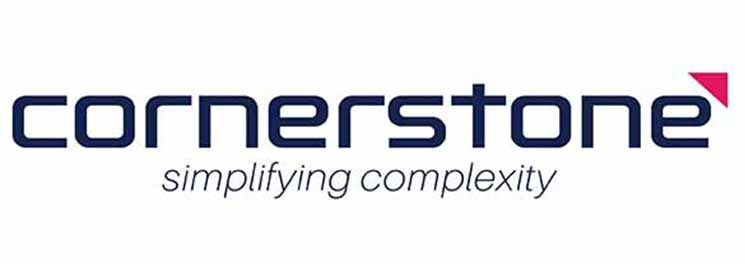
Strategic Synergy: The Impact of Finance and Supply Chain Collaboration on Retail and Agribusiness
When Finance and Supply Chain work together in lockstep, the outcomes can be exceptional. And yet, all too often the two are out of sync, sometimes to the point of discord. It’s a damaging position to be in, especially when you consider the two factions are stakeholders in the same process (that is, to maximise the profitability of the enterprise).
But what happens when cohesion is achieved? In our experience, the outcomes can be exceptional. Today we’ll discover what’s possible when Finance and Supply Chain collaborate – with integrated business planning (IBP) as the glue that binds them.
These dynamic collaborations ensure decision-making not only meets demand, but also drives profitability and growth across diverse sectors, from retail to agribusiness.
Let’s dive in.
Solving assortment planning challenges in the retail sector
For most retailers, assortment planning – the strategic decision-making process that helps to align the retailer’s product offerings with customer demand, preferences and buying patterns – plays a critical role in overall business strategy.
When assortment planning is done well, it optimises the mix of products to offer to customers at a very granular (e.g. store-based) level in order to maximise sales and profitability.
Selecting the right products is just one piece of the puzzle; the best assortment planning strategies also consider category management, merchandising, localisation based on demographics and socioeconomic information, and inventory management (specifically, making sure that the right products are available in the right quantities to meet customer demand, while minimising excess inventory or stockouts).
What does best practice assortment planning look like in the retail sector? Rather than being a tactical process managed at the operational level, the conversation starts in the Finance department.
Factors to consider might include:
Ideally, it is an ongoing conversation that starts at the beginning of the financial year, with the benefit of being able to constantly replan and adjust your activities without disruption as part of the regular IBP gap identification and remediation process.
Even when a gap can be attributed to one or more abrupt or dramatic changes in any given market, you’re armed with the right data to model scenarios and then act quickly to make dynamic adjustments to your assortment plans at a global or local level.
Supporting strategic agribusiness decision-making
A second example of how better collaboration between Finance and Supply Chain can optimise financial performance comes from the agribusiness sector, where there are unique considerations relating to inventory management. Notably, inventory is usually perishable and seasonal, which introduces even greater complexity.
Often, the raw materials in the supply chain are alive, such in the case of the salmon farming industry. Once again, a best-practice conversation starts with the Finance team, with the same considerations around the financial plan, commercial revenue targets and stretch targets. Beyond that, other data points might include:
Throughout the year, Finance is working with Supply Chain as part of the IBP process to make strategic, data-driven decisions to enhance revenue and profitability: when to harvest, how to process the harvest (e.g. fresh v tinned) and how much stock to allocate in which market.
Finding your eureka moment
Ultimately, Finance and Supply Chain collaboration is a bit like panning for gold. It takes time and determination to reach your own “eureka” moment, where everything is running harmoniously in your IBP methodology.
Indeed, not every enterprise will hit the jackpot, however some collaboration (or gold) is better than none. Small improvements in people, processes and tools can provide small wins, no matter your level of operational maturity.
Meanwhile, for those willing to strive for best-in-breed collaboration, the returns will be outsized. That is, flexible, agile Finance-led strategic planning that flows through to Supply Chain for tactical execution, all backed by an integrated solution that brings out the best in your people.
We are enablers of change and transformation in Supply Chain, Information Management, Financial Planning & Analytics, Management Consulting, Project Management, and Managed Application Services. Contact us to find out more about how we work with your teams or call 1300 841 048.





